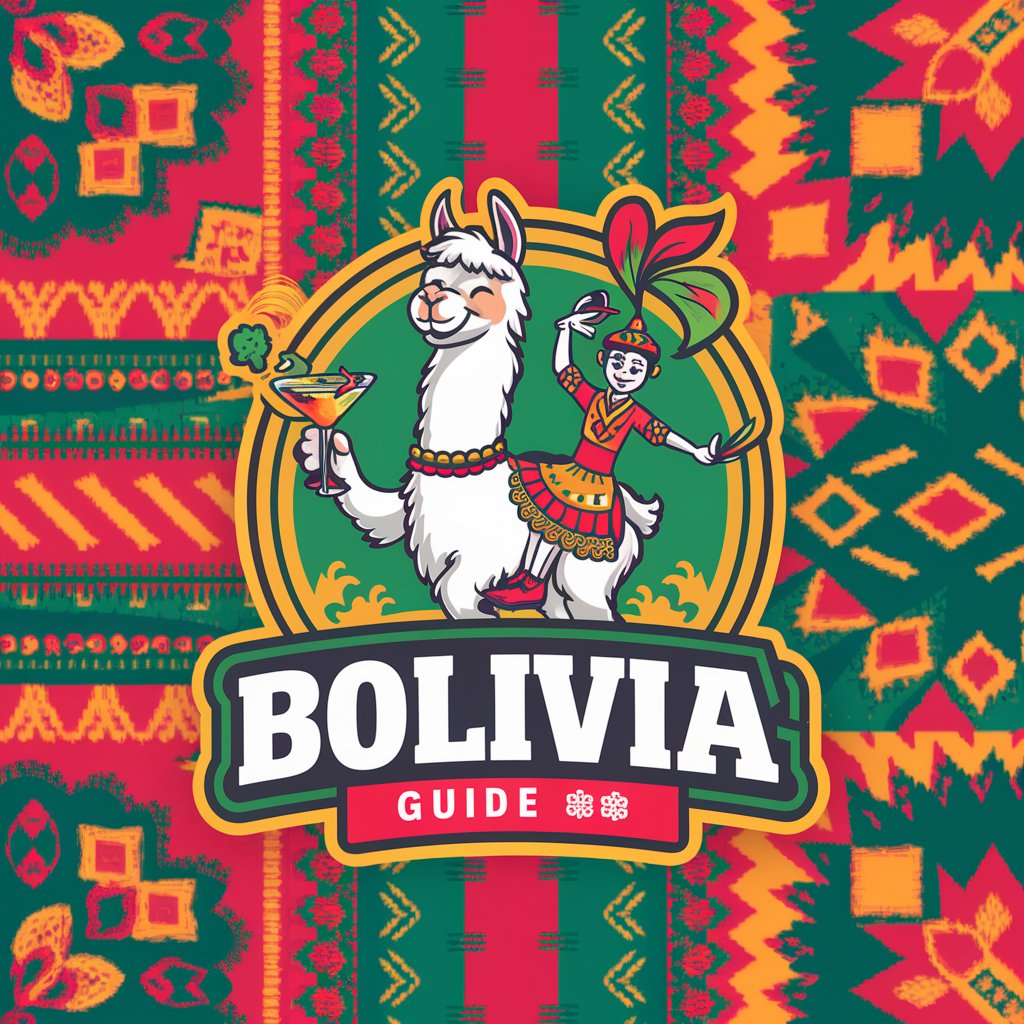Menumal JSON structure - Menumal JSON Guide

Streamline Your Menu Digitally
Get Embed Code
Overview of the Menumal JSON Structure
The Menumal JSON structure is a detailed configuration used to digitally represent menu items across various platforms, enhancing interoperability and user experience. It is not limited to predefined categories such as food menus or wine lists, and can include any category desired for digital menu solutions. The structure is designed around four key entities: Categories, Subcategories/Dividers, Dishes, and Composable Dishes, allowing flexibility and comprehensive customization to fit the specific needs of digital menu interfaces. Powered by ChatGPT-4o。

Key Functions of the Menumal JSON Structure
Categories Organization
Example
"Antipasti", "Secondi Piatti", "Desserts"
Scenario
These are used as major sections or chapters under which various offerings are grouped, providing a clear and structured menu layout that is easy to navigate.
Subcategories/Dividers
Example
"Carne", "Pesce", "Vegetariano" under "Secondi Piatti"
Scenario
This function helps in segmenting categories into more specific groups, making it easier for customers to find and select items, enhancing the browsing experience.
Dish Representation
Example
Dishes like "Margherita Pizza" with details such as ingredients and allergens
Scenario
Each dish under a category is listed with details such as name, description, price, ingredients, and optional features like allergens, helping provide complete information to customers.
Composable Dishes
Example
"Build Your Own Burger" with choices of ingredients
Scenario
Allows customers to customize dishes according to set rules, offering a dynamic and interactive menu experience.
Ideal User Groups for Menumal JSON Structure
Restaurant Owners and Managers
These users can utilize the Menumal JSON structure to digitalize their menus, offering an intuitive and customizable experience to their customers, leading to increased satisfaction and operational efficiency.
Digital Menu Developers
Developers designing digital menu solutions can leverage this structured format to create robust, scalable, and flexible menu applications that can be easily updated and maintained.
Marketing Teams in the Hospitality Sector
Marketing professionals can use this structured data to easily update and modify menu items to align with promotional activities and seasonal offerings, ensuring the menu always reflects the current marketing strategy.

Guidelines for Using the Menumal JSON Structure
Step 1
Visit yeschat.ai to explore Menumal capabilities without needing to sign up or subscribe to ChatGPT Plus.
Step 2
Review the detailed JSON schema documentation to understand the structure and various entities such as categories, dishes, and options within a digital menu.
Step 3
Utilize the JSON structure to integrate or develop digital menu solutions, ensuring data is organized into categories, subcategories, and items as defined.
Step 4
Test the menu configuration on various devices to ensure compatibility and user-friendly interface across different platforms.
Step 5
Regularly update the JSON file with new items, prices, and descriptions to keep the digital menu accurate and engaging for users.
Try other advanced and practical GPTs
Back in 2 Weeks
Your AI-Powered NFL Betting Analyst

Queer Geeks
Empowering LGBTQ+ conversations with AI.

Ideal Customer Profile for Geeks
Tailoring Business Strategies with AI

Baby Weeks of Wonder Guide for Parents
AI-powered Parenting Companion

4 Weeks Fitness Planner
Personalized Fitness, Powered by AI

Ecommerce Authority Geeks
Empowering Ecommerce with AI Insights

Anointed Intelligence 🔗
Empower Your Faith with AI

Bolivian Nayara
Explore Bolivia through AI-powered insights

Bolivia Guide💎
Explore Bolivia's Best, with AI

Mentor Examen de Residencia Médica (Bolivia)
AI-powered Medical Residency Exam Mastery

Are you ‘P’? - Bolivia trip, ‘J’ buddy Marcus ✈️
Explore Bolivia Your Way, Powered by AI

Asesor Tributario Bolivia
Streamlining Bolivia’s Tax Compliance with AI

Frequently Asked Questions About Menumal JSON Structure
What is a Menumal JSON structure?
A Menumal JSON structure is a format used to organize and present menu data digitally. It encapsulates categories, subcategories, and item details in a structured format to enhance interoperability across platforms.
How do I add a new item to the Menumal JSON?
To add a new item, create a JSON object with appropriate attributes such as name, price, description, and visibility under the corresponding category array. Make sure to also include any allergen or ingredient information if necessary.
Can the Menumal JSON structure handle multiple price points for a single item?
Yes, the Menumal JSON format allows for multiple price points for a single item by listing them in an array, enabling businesses to offer different pricing for variations of a dish.
Is it possible to customize dishes within the Menumal JSON?
Yes, the structure supports customizable dishes through 'composable' objects that define rules and options for item customization, allowing users to select ingredients or variations.
What are the best practices for maintaining the Menumal JSON file?
Best practices include regularly updating the file to reflect menu changes, using clear and concise descriptions, ensuring correct pricing, and testing across platforms for user interface compatibility.
